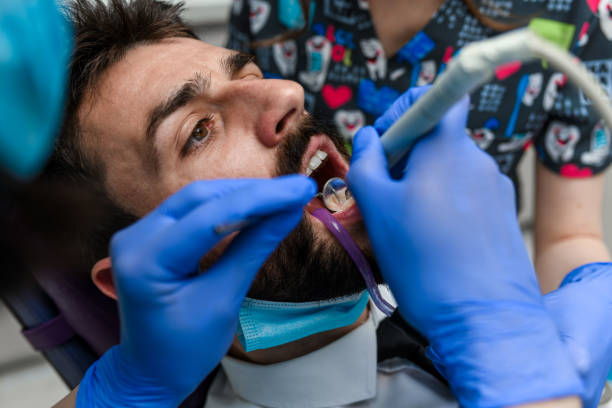Question and Answer



Tooth-supported fixed bridge
When a single tooth is lost, the most frequent option to implant-supported restorations is a tooth-supported fixed bridge. A tooth-supported fixed bridge is made up of two crowns that are generally put onto the abutment teeth on either side of the gap. The abutment crowns are linked to the pontics, which are replacement teeth.
This form of healing is permanent. It can be produced from a variety of materials, including gold, precious metal alloys, and porcelain, or it can be made from a mix of these materials.
Benefits
- They feel and operate just like natural teeth.
- The process is simple, and therapy usually takes two or three weeks.
- A fixed bridge may be simply brushed and flossed for maintenance.
- It is a less costly approach to restore lost teeth than implant-supported teeth.
- If the bridge fails, it may usually be replaced swiftly and easily.
Disadvantages
- Costs more than a detachable denture.
- To support the bridge, teeth close to the gap must be ground down, destroying good dental structures that can only be artificially rebuilt.
- Once these teeth are crushed down, they are more likely to decay and get infected in the future.
- It is necessary to properly clean behind the pontic, as this may become a food trap as bone loss increases.
- Doesn’t cause the bone under the bridge to be stimulated.
- It often does not survive as long as an implant-supported bridge.
When Should You Use a Fixed Bridge Supported by Teeth?
This method may be ideal for anyone seeking a rapid cure to tooth loss and/or who does not wish to undergo surgery. Not everyone wants or is a good candidate for implant surgery, especially if they have a medical condition that has weakened their immune system, which can impede recovery and increase the chance of implant failure.
A permanent dental bridge can typically provide better and more dependable results for people in these scenarios. Instead of the several months necessary for implant therapy, treatment can typically be finished in a matter of weeks.

